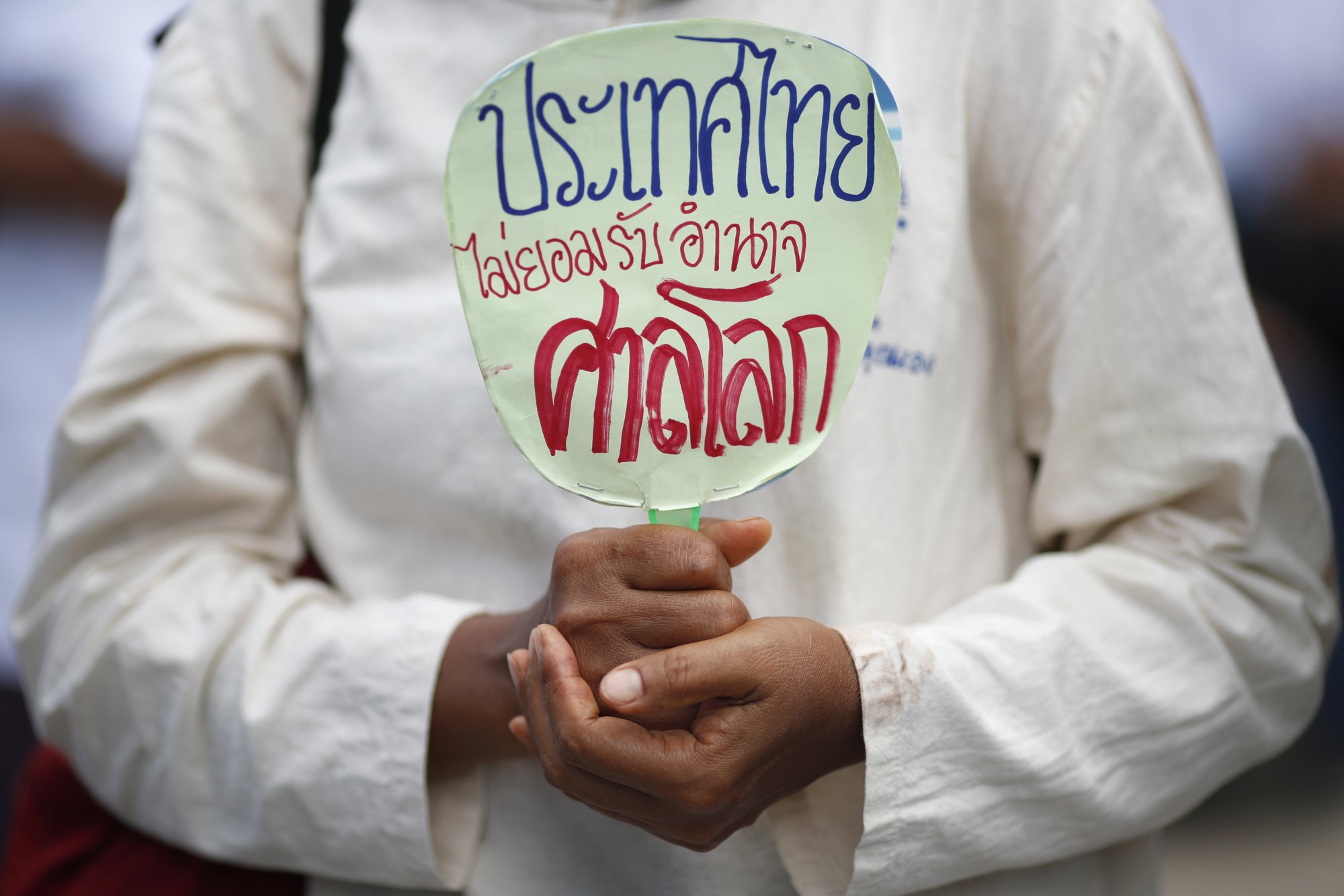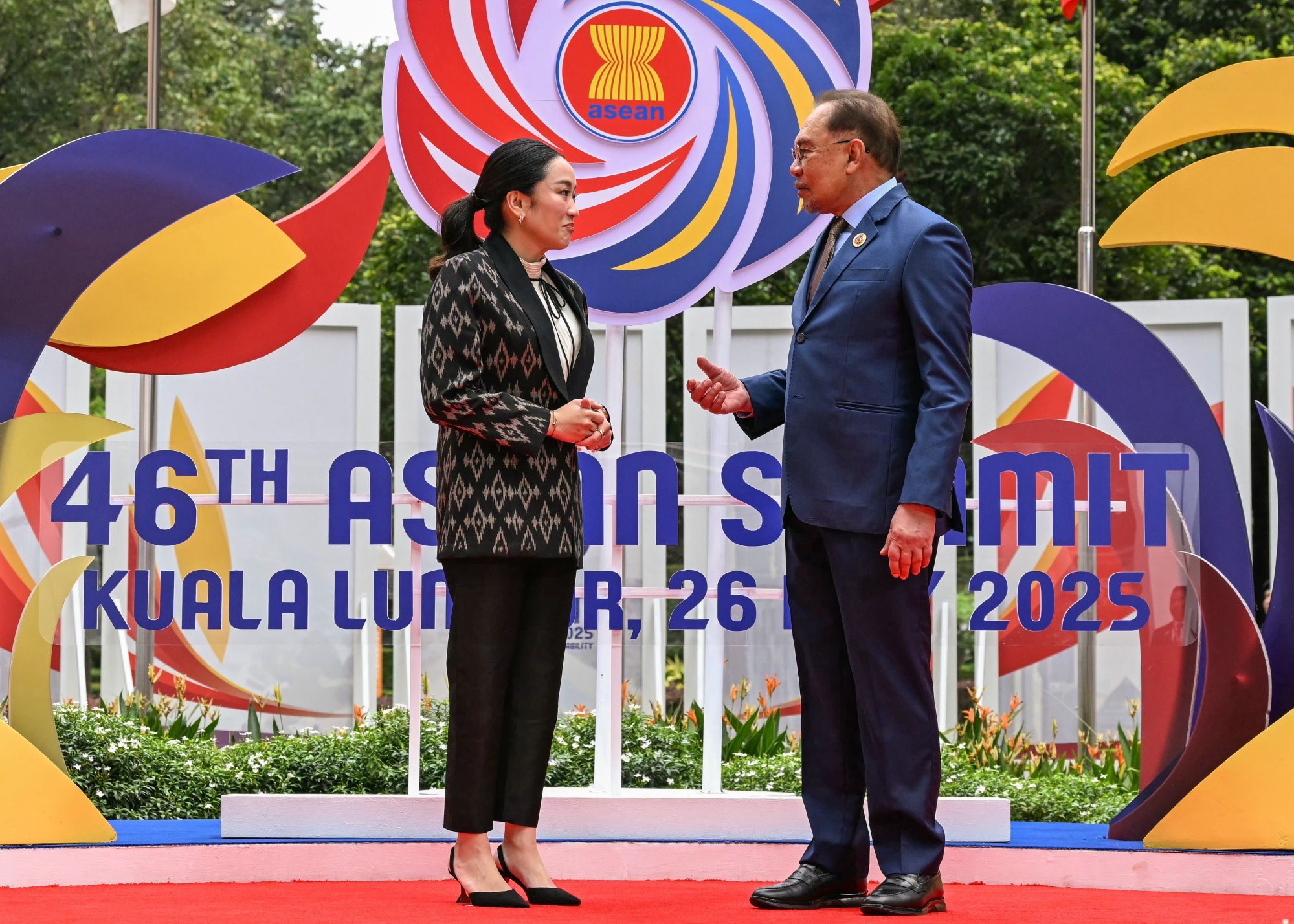Asean credibility at stake as Thailand-Cambodia tensions escalate: analysts
Diplomatic rift raises fresh questions over Asean unity and bloc’s ability to mediate conflicts between member states, observers say

Asean risks a fresh blow to its already dented credibility if it fails to de-escalate tensions between Thailand and Cambodia, analysts have warned, as a deadly border skirmish and a political leak threaten to trigger broader regional fallout.
“A full-blown border war between Thailand and Cambodia will damage Asean’s credibility,” Abdul Rahman Yaacob, a research fellow at the Lowy Institute’s Southeast Asia programme, told This Week in Asia. “The regional organisation is already under fire for being perceived as not effective in dealing with the Myanmar crisis.”
Since its founding in 1967, the Association of Southeast Asian Nations has been credited with helping avoid conflict among its members. But that legacy now faces a critical test, observers say, amid a weeks-long stand-off following a May 28 clash that left one Cambodian soldier dead – the first fatal border flare-up since 2011.
Tensions intensified after a phone call between Thai Prime Minister Paetongtarn Shinawatra and former Cambodian leader Hun Sen leaked on Wednesday, revealing informal efforts to calm the situation. In the recording, Paetongtarn referred to Hun Sen as “uncle” and urged him to disregard a Thai military commander, saying: “He just wants to look cool … but in truth what we want is peace.”
The leak triggered political backlash in Thailand, where critics accused Paetongtarn of undermining the military and appearing overly deferential to Hun Sen. The uproar led to the withdrawal of a key coalition partner and intensified scrutiny of the Shinawatra family’s close personal ties with Cambodia’s ruling elite.
Paetongtarn later defended the call as part of a negotiation tactic but apologised for the resulting “public resentment”.
Quiet diplomacy tested
The diplomatic rift has raised fresh questions over Asean’s ability to mediate conflicts between member states – a challenge compounded by structural limits and diverging national interests.
Kei Koga, an associate professor at Nanyang Technological University, said the bloc would “face increasing difficulty in maintaining its unity”, particularly as member states remained divided over issues such as Myanmar, the Middle East, the South China Sea and the US–China rivalry.
This fragmentation, he warned, made it harder for Asean to position itself effectively within broader East Asian regional frameworks.
“Moreover, this situation could create the diplomatic impression that Asean is continuing to weaken,” he added.
Unchecked tensions between Thailand and Cambodia could spill over into economic or social disruption across the border and potentially damage Asean’s image as a cohesive bloc, warned Chhay Lim, a visiting fellow at the Centre for Southeast Asian Studies at the Royal University of Phnom Penh.
“For Cambodia, this could also create a sense of imbalance, where larger neighbours prefer bilateral solutions while smaller states seek regional, international legal safeguards,” he said.

Beyond gestures
Observers said Asean would face major challenges in mediating the neighbours’ long-running conflict.
“The situation along the Cambodian-Thai border is a complicated issue, deep-rooted with historical animosity and multilayered political complexity,” Him Rotha, deputy director at the Cambodian Centre for Regional Studies, told This Week in Asia.
On Sunday, Cambodia sought resolution at the International Court of Justice (ICJ), the jurisdiction of which Thailand says it does not recognise as it prefers to settle the issue through bilateral means.
Cambodia has previously succeeded in settling these disputes. In 1962, the ICJ ruled in Cambodia’s favour over the Preah Vihear temple, saying it fell under Cambodian territory.
Purawich Watanasukh, a lecturer of political science at Thammasat University, said Thailand’s insistence on bilateral talks and Cambodia’s decision to raise the dispute to the ICJ proved that Asean “is not a mechanism that either Thailand or Cambodia fully relies on”.
“Asean has long faced criticism of its limited effectiveness in resolving regional issues, and the Thailand-Cambodia border dispute is yet another example highlighting the lack of reliance on the Asean mechanism by both parties,” Purawich told This Week in Asia.

Lim said Cambodia’s decision to seek recourse from the ICJ “stems from a desire for clarity, fairness, and rule-based dispute resolution, with the ICJ rulings playing a role in settling similar issues in the past”.
“The ICJ offers Cambodia a fair and long-term solution to a complex border issue that cannot be resolved through bilateral mechanisms alone. Cambodia’s decision to approach the ICJ reflects its support for international law and a rules-based order. It’s about seeking legal clarity, not confrontation,” he said.
While the ICJ might offer legal clarity on both countries’ border dispute, Purawich stressed that it was also important to recognise “that many border issues are rooted in the legacy of modern state formation”.
“In premodern times, people living along the border coexisted and shared culture without rigid divisions. The drawing of modern borders separated communities that once lived together, redefining them as citizens of different states. Around the world, many border disputes remain unresolved for this reason. Therefore, even if the ICJ provides a definitive ruling, I believe tensions will likely persist,” he said.
The situation had fluctuated since tensions first flared in late May, “making it difficult for Asean to determine the appropriate timing to act”, Koga said.
However, observers praised proactive efforts by Malaysian Prime Minister Anwar Ibrahim to initiate dialogue between both countries as Asean chair.
On June 6, Anwar said he had engaged with the prime ministers of both countries and urged Thailand and Cambodia “to continue exercising restraint, take measures to de-escalate tensions, and work towards a peaceful and comprehensive resolution”.

Him said Anwar’s phone call was a “timely and important gesture to maintain regional solidarity” but stressed that going beyond the gesture “is a difficult task”.
“At best, Asean – through the good office by the Malaysian Asean Chair – could only convene the two parties to have a dialogue and to rebuild trust and confidence with one another,” Him said.
Observers urged Malaysia to actively engage both parties quietly, avoiding media coverage and publicity, to avoid further stoking tensions.
“The leak occurred because, from Cambodia’s perspective, Prime Minister Paetongtarn Shinawatra’s rationale – telling not to listen to ‘the opposite side’ in an effort to ease tensions – may be perceived as ‘empty talk’, given the lack of a clear commitment to restrain ‘the other side’,” Koga told This Week in Asia.
“As a result, the issue has become one of trust, with both sides finding it difficult to back down publicly. Therefore, Asean should actively engage through backchannel diplomacy.”
Rahman said he believed Malaysia was already engaging Cambodia and Thailand “below the radar” to address ongoing tensions.
Him stressed that the outcome of these tensions would depend on Cambodia and Thailand, but the “goodwill of the Asean chair” in mediating the conflict could help maintain the bloc’s relevance in dealing with regional issues.
“It gives smaller Asean member states hope that they could have Asean as one of the options in addressing issues with neighbouring countries and other external actors,” he said.